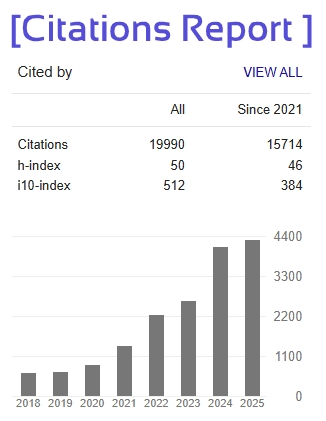Study and Evaluation of Conditional Assessment of RCC Structures for Repair and Retrofitting Using NDT Modules
V.S. Umap1, A.H. Khandare2, R.P. Khavad3, V.G. Hirulkar4, A.K. Badhiye5, S.N. Khode6, A. Shende7
1Asst. Prof. Civil Engg, P.R. Pote Patil College of Engineering & Management, Amravati, Maharashtra, India
2 3 4 5 6 UG Student Civil Engg, P.R. Pote Patil College of Engineering & Management, Amravati, Maharashtra, India
Abstract - The structural integrity of Reinforced Cement Concrete (RCC) structures is crucial for ensuring long-term safety and performance in both residential and industrial applications. Over time, these structures are subjected to various environmental stresses and loadings that can lead to deterioration, compromising their safety and functionality. The conditional assessment of RCC structures plays a pivotal role in evaluating the extent of damage and determining the need for repair and retrofitting interventions. This study focuses on the evolution and advancements in Non-Destructive Testing (NDT) techniques used for assessing the condition of RCC structures. NDT methods, such as ultrasonic pulse velocity (UPV), and Rebound Hammer, provide essential data for evaluating concrete quality, detecting cracks, corrosion, and identifying hidden defects without causing damage to the structure.
The research explores how the integration of various NDT techniques has improved the accuracy and reliability of condition assessments, enabling better decision-making in repair and retrofitting strategies. By analysing case studies and experimental data, this paper examines the effectiveness of different NDT modules in diagnosing structural issues and the evolution of assessment methodologies in response to emerging challenges in civil engineering.
Ultimately, the findings of this study aim to highlight the importance of continuous monitoring and technological advancement in the field of RCC structural assessment, providing insights for engineers and researchers focused on improving the longevity and safety of civil infrastructure.
Key Words: Environmental Stresses, Assessments, Decision Making, Enabling, Corrosion, Longevity, Diagnosing, Retrofitting.







